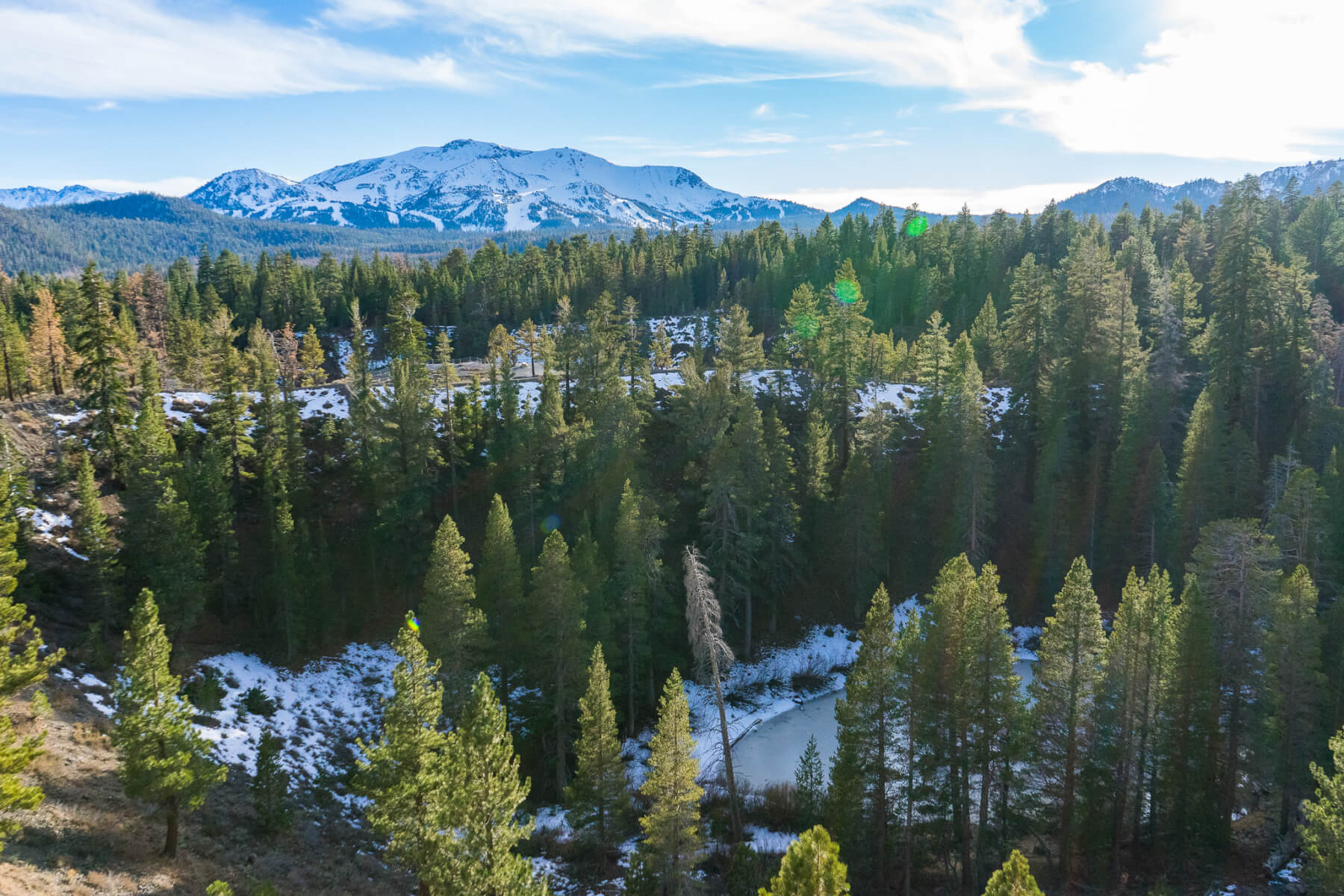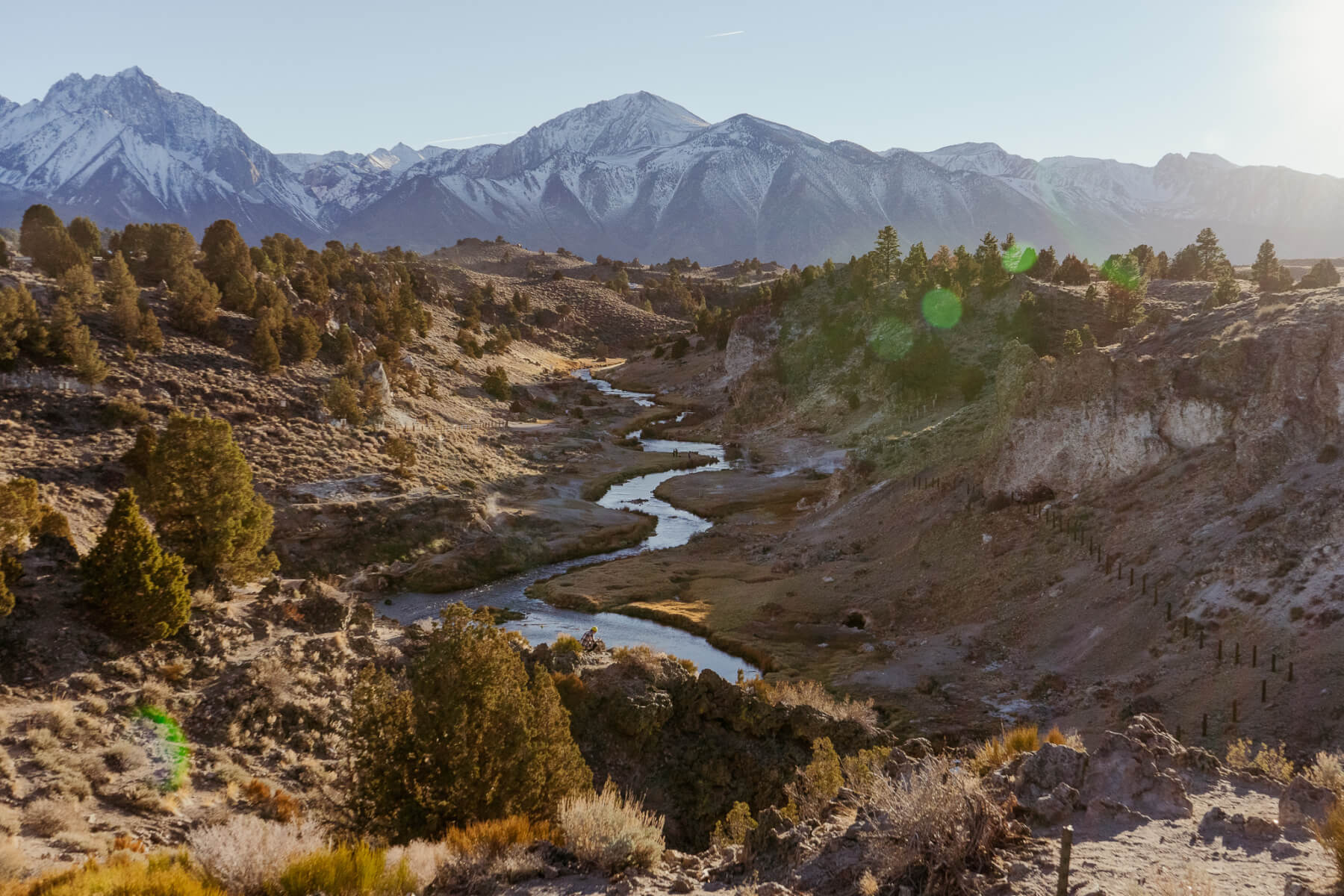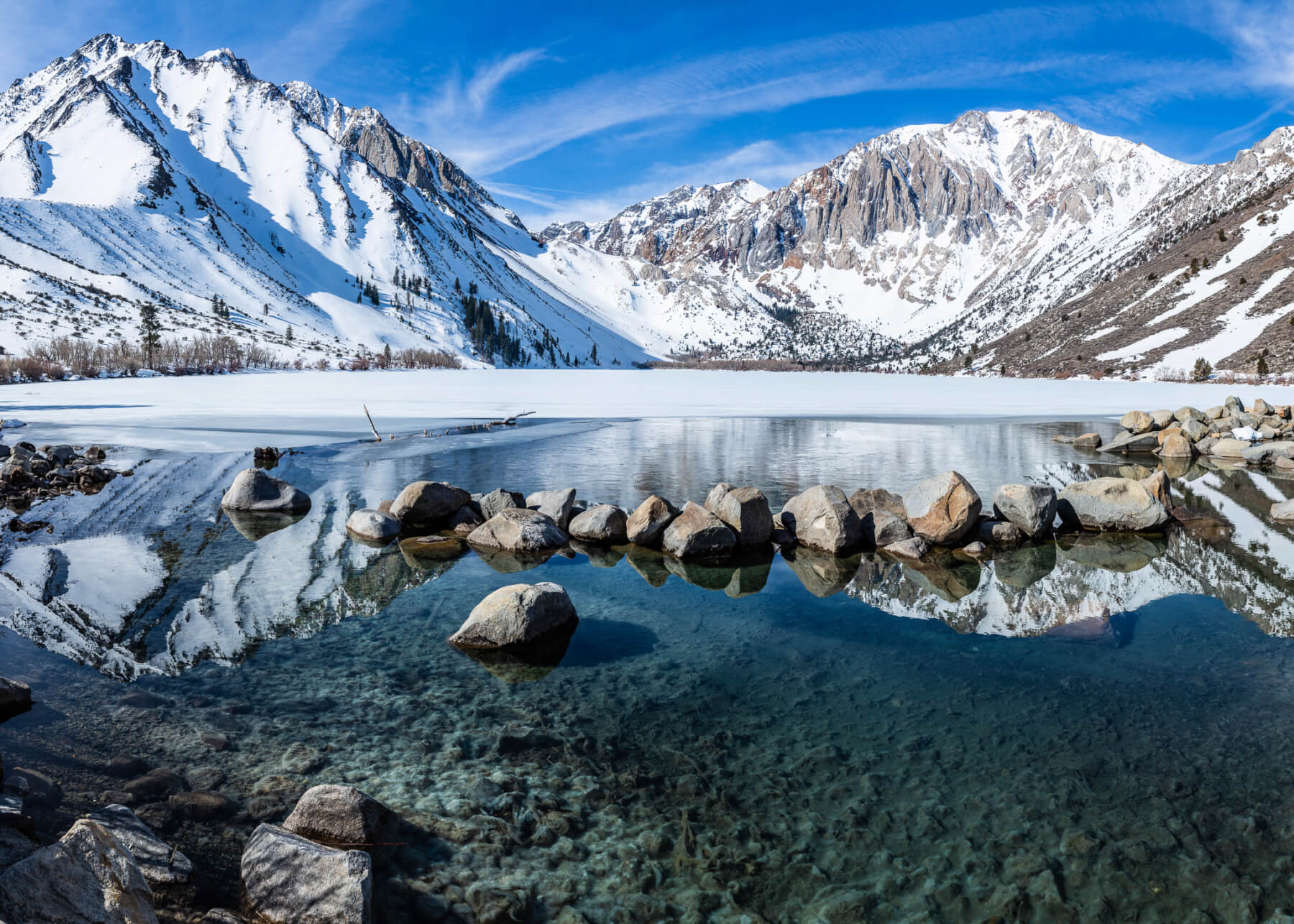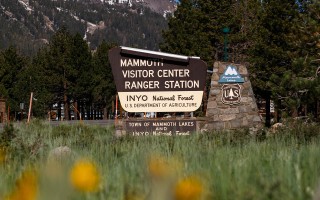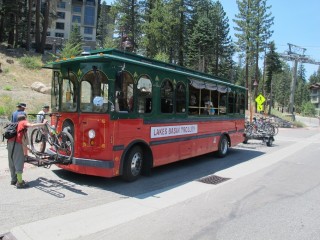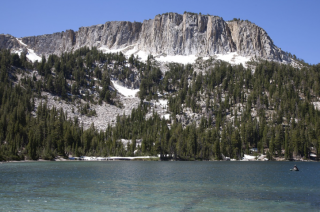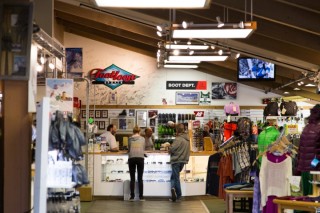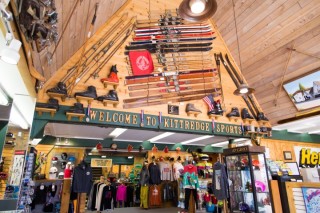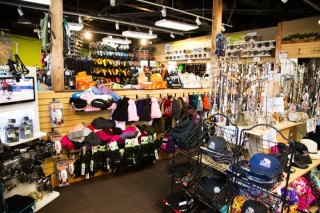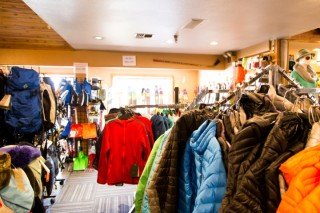Plan Your Adventure
More Posts Like This

Activities
Top 5 Winter Climbing Spots in the Eastern Sierra
The thing about climbing in the Eastern Sierra is that it is a year-round sport. While the snow is flying in mammoth, the sun may be shining on a crag just down the road.
Learn More

Winter Activities
Winter in Mammoth Lakes is like nothing you have seen before. With Unreal conditions (can you even imagine what 800 inches of snow looks like?!) around every corner, you’ll be inspired for…
Learn More

